EV batteries tend to lose range capacity over their lifetime, but Volkswagen-backed startup PowerCo says it tested one from California-based QuantumScape that ‘practically does not age.’



KENNEWICK — The LIGO Hanford Observatory near Richland is expected to detect 60% more cataclysmic cosmic events — like colliding neutron stars and black holes — thanks to a quantum limit breakthrough.
Since the observatory was turned back on in May after three years of upgrades, including adding new quantum squeezing technology, it can probe a larger volume of the universe.
“Now that we have surpassed this quantum limit, we can do a lot more astronomy,” said Lee McCuller, assistant professor of physics at the California Institute of Technology and a leader in the study published in the journal “Physical Review X.”
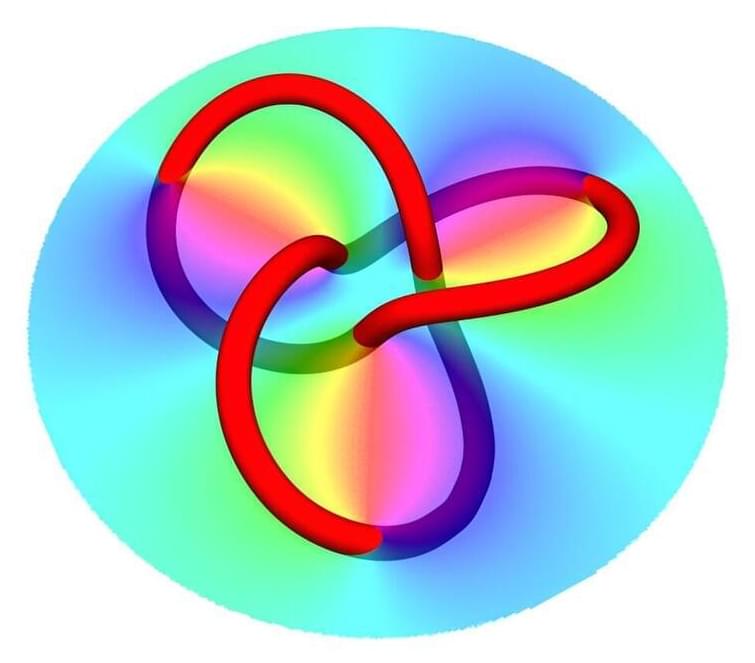
A quarter century ago, physicist Juan Maldacena proposed the AdS/CFT correspondence, an intriguing holographic connection between gravity in a three-dimensional universe and quantum physics on the universe’s two-dimensional boundary. This correspondence is at this stage, even a quarter century after Maldacena’s discovery, just a conjecture.
A statement about the nature of the universe that seems to be true, but one that has not yet been proven to actually reflect the reality that we live in. And what’s more, it only has limited utility and application to the real universe.
Still, even the mere appearance of the correspondence is more than suggestive. It’s telling that there is something deeply fundamental to the hologram, that the physics of the volume of the universe might just translate to the physics on the surface, and that there is more to be learned there.
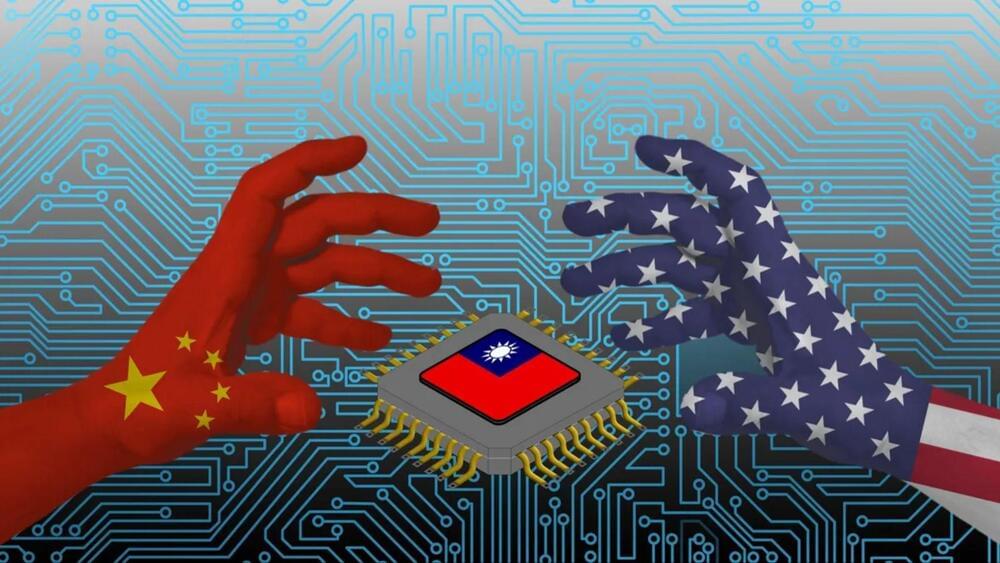
The US is trying its best to slow China down.
However, an equally serious challenger has now emerged in the form of SEIDA, a Chinese startup founded by a veteran Silicon Valley software executive.
Liguo “Recoo” Zhang, the CEO of SEIDA, and three other Chinese-born colleagues left Siemens EDA, a U.S. unit of Siemens AG, aiming to break the foreign monopoly on Optical Proximity Correction (OPC) technology, reported Reuters.
The OPC tool is indispensable for designing advanced chips crucial for emerging technologies like artificial intelligence and quantum computing. SEIDA’s bold pitch attracted powerful Chinese investors, including Semiconductor Manufacturing International Corp (SMIC), a leading Chinese microchip maker with alleged ties to China’s military.
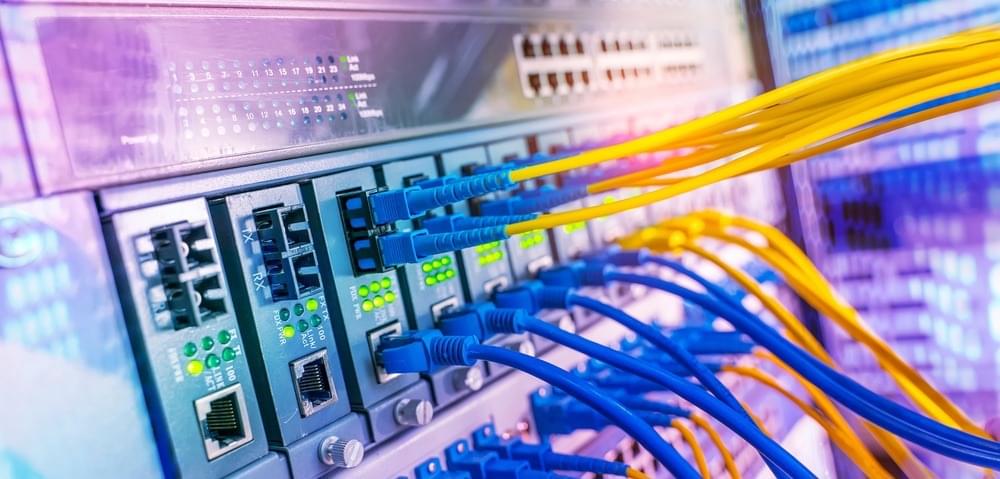
In the modern digital age, where data flows freely and sensitive information is constantly in transit, secure communication has become essential. Traditional encryption methods, while effective, are not immune to the evolving threat landscape. This is where quantum key distribution (QKD) emerges as a revolutionary solution, offering unmatched security for transmitting sensitive data.
Image Credit: asharkyu/Shutterstock.com
The idea of quantum key distribution (QKD) dates back to Stephen Wiesner’s concept of quantum conjugate coding at Columbia University in the 1970s. Charles H. Bennett later built on this idea, introducing the first QKD protocol, BB84, in the 1980s, using nonorthogonal states. Since then, it has matured into one of the most established quantum technologies, commercially available for over 15 years.

Year 2021 face_with_colon_three
In our new paper, we’ve investigated how quantum particles could move in a complex structure like the brain, but in a lab setting. If our findings can one day be compared with activity measured in the brain, we may come one step closer to validating or dismissing Penrose and Hameroff’s controversial theory.
Brains and Fractals
Our brains are composed of cells called neurons, and their combined activity is believed to generate consciousness. Each neuron contains microtubules, which transport substances to different parts of the cell. The Penrose-Hameroff theory of quantum consciousness argues that microtubules are structured in a fractal pattern which would enable quantum processes to occur.
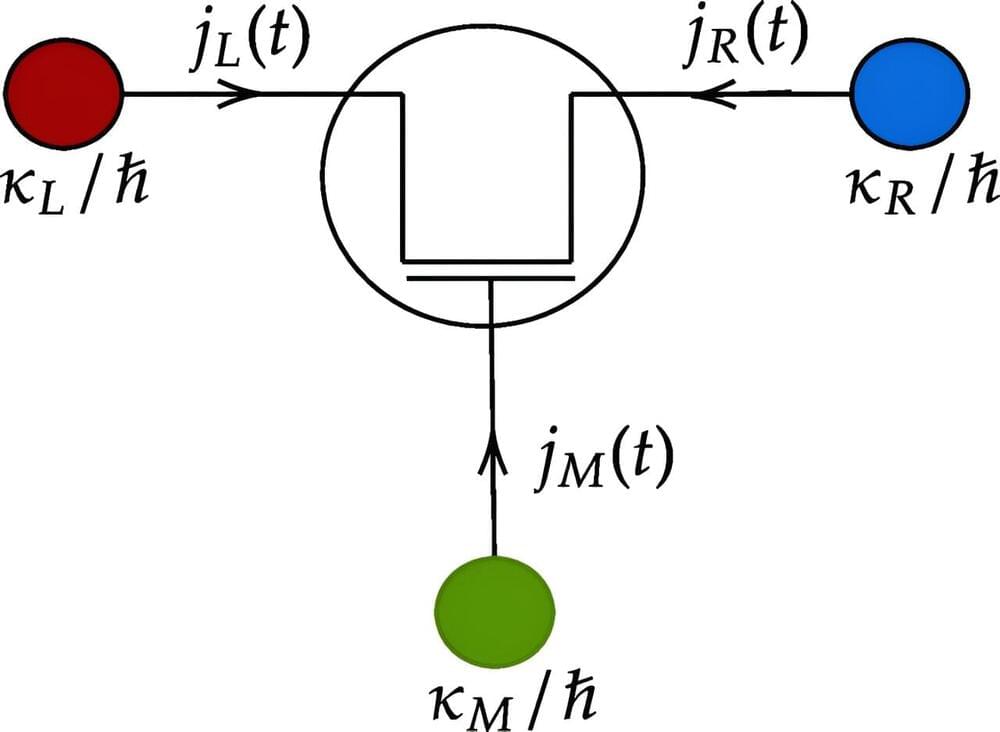
Researchers are actively engaged in the dynamic manipulation of quantum systems and materials to realize significant energy management and conservation breakthroughs.
This endeavor has catalyzed the development of a cutting-edge platform dedicated to creating quantum thermal machines, thereby unlocking the full potential of quantum technologies in advanced energy solutions.
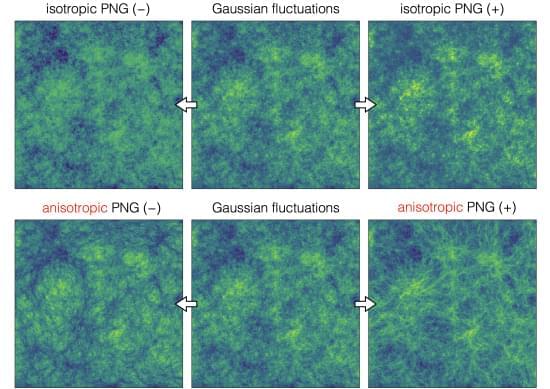
A team of researchers has analyzed more than one million galaxies to explore the origin of the present-day cosmic structures, reports a recent study published in Physical Review D as an Editors’ Suggestion.
Until today, precise observations and analyses of the cosmic microwave background (CMB) and large-scale structure (LSS) have led to the establishment of the standard framework of the universe, the so-called ΛCDM model, where cold dark matter (CDM) and dark energy (the cosmological constant, Λ) are significant characteristics.
This model suggests that primordial fluctuations were generated at the beginning of the universe, or in the early universe, which acted as triggers, leading to the creation of all things in the universe including stars, galaxies, galaxy clusters, and their spatial distribution throughout space. Although they are very small when generated, fluctuations grow with time due to the gravitational pulling force, eventually forming a dense region of dark matter, or a halo. Then, different halos repeatedly collided and merged with one another, leading to the formation of celestial objects such as galaxies.
In a public lecture titled “The Meaning of Spacetime,” renowned physicist Juan Maldacena outlined ideas that arose from the study of quantum aspects of black holes.
V/ Perimeter Institute
On July 27, Juan Maldacena, a luminary in the worlds of string theory and quantum gravity, will share his insights on black holes, wormholes, and quantum entanglement.